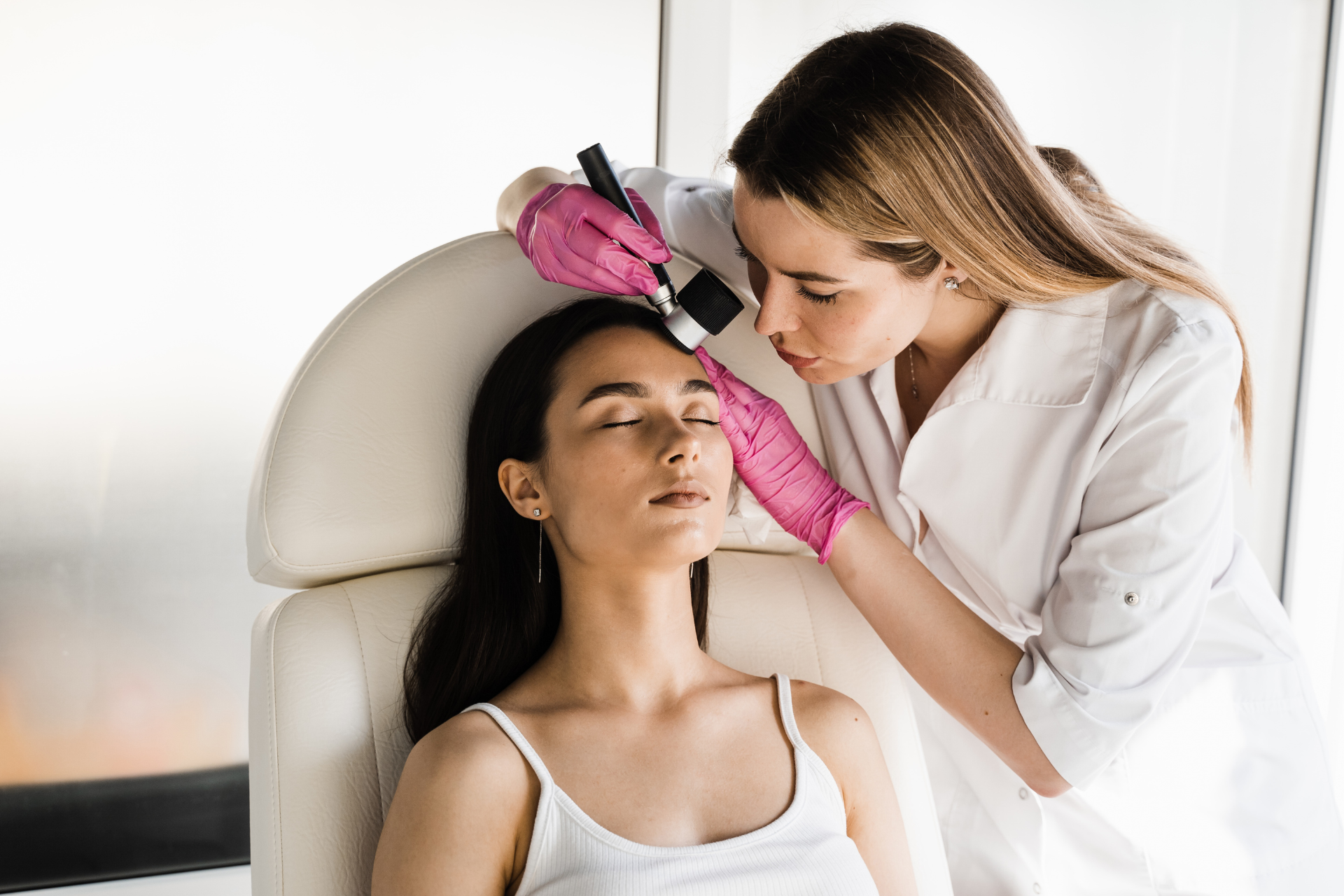Latest Advances in Skin Cancer Treatment and Prevention

Introduction:
As the sun continues to shine bright on our skin, it's crucial now more than ever to stay informed about the latest advances in skin cancer treatment and prevention. At Fall Creek Skin and Health Clinic, we understand the importance of skin health and are dedicated to providing comprehensive care to our patients of all ages. In this blog post, we will delve into the cutting-edge developments in skin cancer treatment and prevention that are shaping the landscape of dermatology today.
Understanding Skin Cancer:
Skin cancer is the most common type of cancer globally, with millions of cases diagnosed each year. The key to successfully treating and preventing skin cancer lies in early detection and proactive measures. There are three main types of skin cancer: basal cell carcinoma, squamous cell carcinoma, and melanoma. While basal cell carcinoma and squamous cell carcinoma are more common and have high cure rates when detected early, melanoma is more aggressive and can be life-threatening if not treated promptly.
Advances in Treatment:
Over the years, significant progress has been made in the treatment of skin cancer. Traditional treatment options such as surgery, chemotherapy, and radiation therapy are still widely used and effective. However, newer therapies have emerged that offer targeted and less invasive approaches to treating skin cancer.
Immunotherapy is a groundbreaking treatment that harnesses the body's immune system to fight cancer cells. By boosting the immune response, immunotherapy can effectively target and destroy cancer cells while minimizing damage to healthy tissue. This approach has shown promising results in patients with advanced melanoma and other types of skin cancer, leading to improved survival rates and quality of life.
Targeted therapy is another innovative treatment option for skin cancer. This approach involves using drugs that specifically target genetic mutations or proteins present in cancer cells, leading to more precise and effective treatment outcomes. Targeted therapy has been particularly successful in treating certain types of advanced melanoma and has the potential to transform the way we approach skin cancer treatment in the future.
Advances in Prevention:
While treatment is crucial in combating skin cancer, prevention remains the cornerstone of skin health. At Fall Creek Skin and Health Clinic, we emphasize the importance of sun protection and early detection in preventing skin cancer. Here are some key prevention strategies to keep in mind:
1. Sunscreen
Applying broad-spectrum sunscreen with an SPF of 30 or higher can help protect your skin from harmful UV rays. Reapply sunscreen every two hours, especially when outdoors.
2. Protective clothing
Wearing protective clothing, such as long-sleeved shirts, hats, and sunglasses, can provide an additional barrier against UV exposure.
3. Avoiding peak sun hours
Limiting your sun exposure during peak hours (10 am to 4 pm) when UV rays are strongest can reduce your risk of sunburn and skin damage.
4. Regular skin checks
Performing self-exams and scheduling routine skin screenings with your dermatologist can help detect skin cancer early when it is most treatable.
Conclusion:
The field of skin cancer treatment and prevention is evolving rapidly, with new advancements paving the way for more effective and personalized care. By staying informed about the latest developments in skin cancer therapy and adopting proactive prevention strategies, we can all take steps towards healthier skin and better outcomes. At Fall Creek Skin and Health Clinic, we are committed to providing our patients with the highest quality of care and support in their skin health journey. Remember, early detection saves lives, so be proactive about your skin health and prioritize sun protection every day. Your skin is worth it.




